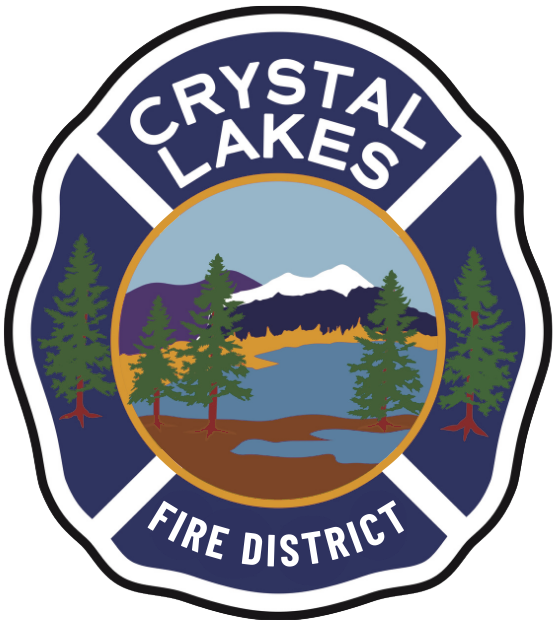Fire Threat Assessment Links
There are many resources available on the web which can help you understand the level of fire danger currently experienced in the Crystal Lakes area.
Note: Crystal Lakes is located at Latitude 40.847631 and Longitude -105.635613
Fire Danger Map -- Observed
The fire danger rating level takes into account current and previous weather, fuel types, and both live and dead fuel moisture. For our area, levels of "high" or above are of serious concern. In this case, fire danger rating levels are "observed" meaning that they have already occured (e.g., yesterday's data). The following are links to the Wild Fiire Assessment System fire danger map from the USFS and to the local data from the National Fire Danger Rating System information used to make such maps. In the second link, click on "Today's Actuals," scroll down to the three "RedFeather" lines and check the letter in the column headed with an "R" near the right-hand side. The letters correspond to the fire danger levels: Low, Moderate, High, Very High, and Extreme.
Fire Danger Map -- Forecasted
The forecasted fire danger rating level takes into account current and previous weather, fuel types, and both live and dead fuel moisture to make a prediction about what the following day's fire danger rating may be. For our area, levels of "high" or above are of serious concern. In these maps, the fire danger rating levels are "forecasted, " meaning that they have not yet occured (e.g., tomorrow's forecast). Forecasted fire danger ratings maps are available from the Wild Fire Assessment System from the USFS.
Note: The forecast fire danger level is often below the actual fire danger we experience the next day.
1000-hour Fuel Moisture
The 1000-hour fuel moisture measures the moisture levels in dead fuels 3-8" in diameter (ie - dead and down trees), a good indicator of the overall dryness of the area. These are called 1000-hour fuels because it takes approximately a thousand hours for them to gain or lose moisure. Levels under 15% are of serious concern. As a comparison, kiln-dried lumber is usually between 10 and 15%. A 1000-hour fuel moisure map is available from the Wild Fire Assessment System from the USFS. The NFDRS local data link provided under "Fire Danger Map--Observed" (above) also contains 1000-hour Fuel Moisture in the column headed "TH FM" if you're interested in looking at data specific to Red Feather Lakes.
Remote Automated Weather Station (RAWS)
Data from the RAWS station in Red Feather Lakes is updated several times a day. For the Red Feather/Crystal Lakes area, temperatures above 75 degrees and/or relative humidities below 15% are indicative of conditions in which the potential for fire activity is high.
